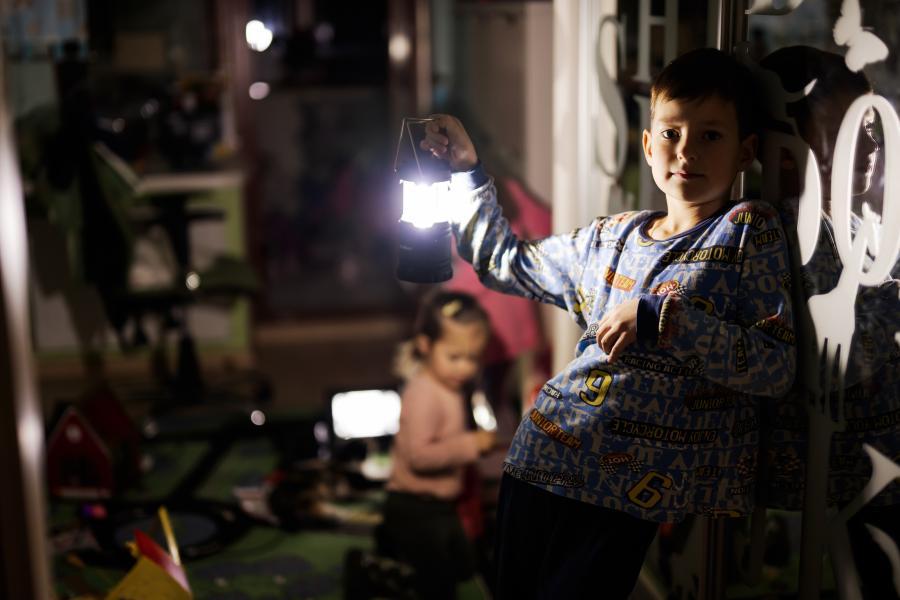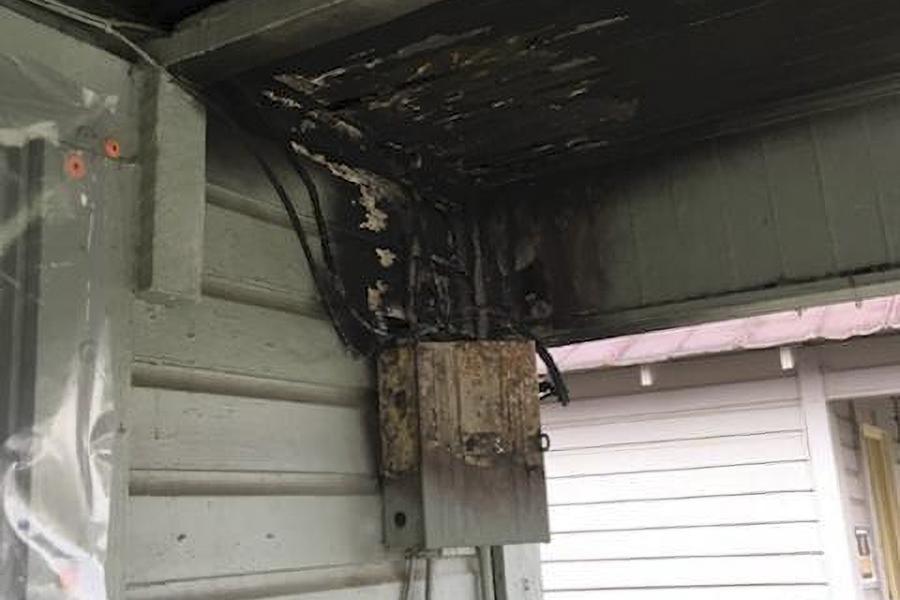
Whole House Surge Protection
Whole House Surge Protection can be thought of much like a bouncer in a night club – allowing in only the electricity that your home truly needs and blocking any trouble that over-voltages can cause your devices from surges occurring inside your house.
SPDs (Surge Protective Devices) are usually wired to the electrical service box and are located in an area that protects all of the electrical systems and appliances in your home.
A single power surge happens in a matter of milliseconds — one thousandth of the time it takes for you to blink your eyes once. Perhaps you’ll notice the lights flicker or have an issue occur like your TV or computer locking up for no obvious reason. Perhaps you won’t notice anything.
But that seemingly insignificant spike in the electrical current that flows through the wires of your home can have huge consequences. According to the Insurance Information Institute insurance claims from power surges are included in the same category as damage that occurs from lightning strikes.
Most people assume that lightning is the biggest threat to safety associated with power surges, but that actually isn’t the case. While lightning is the most dangerous cause of power surges, it is certainly not the most common.
According to the NEMA Surge Protection Institute, 60% to 80% of power surges start inside the home, typically from major appliances and systems that cycle on and off, such as air conditioners, refrigerators, and clothes dryers. “It can happen all day long,” says Jessaca Townsend, residential product manager for Advanced Protective Technologies, a Tampa, Fla.-based manufacturer of surge protectors.
Protecting your home with a whole house Surge Protection Device (SPD) protects your home against up to 40,000 amps of electrical current flowing from outside your home into your home. The normal level of current for one household is 200 to 300 amps of power. When lightning or damage to a power line causes a sudden surge, the SPD detects the extra current and safely re-routs it through your home’s grounding path.
For electronics that are more sensitive and prone to power surges, such as home entertainment systems or computers, electrical professionals recommend a double layer of protection by using a point of use SPD.
For more information on which Whole House Surge Protection Device is best for your home, contact the professionals at John’s Electric today for a free consultation.



